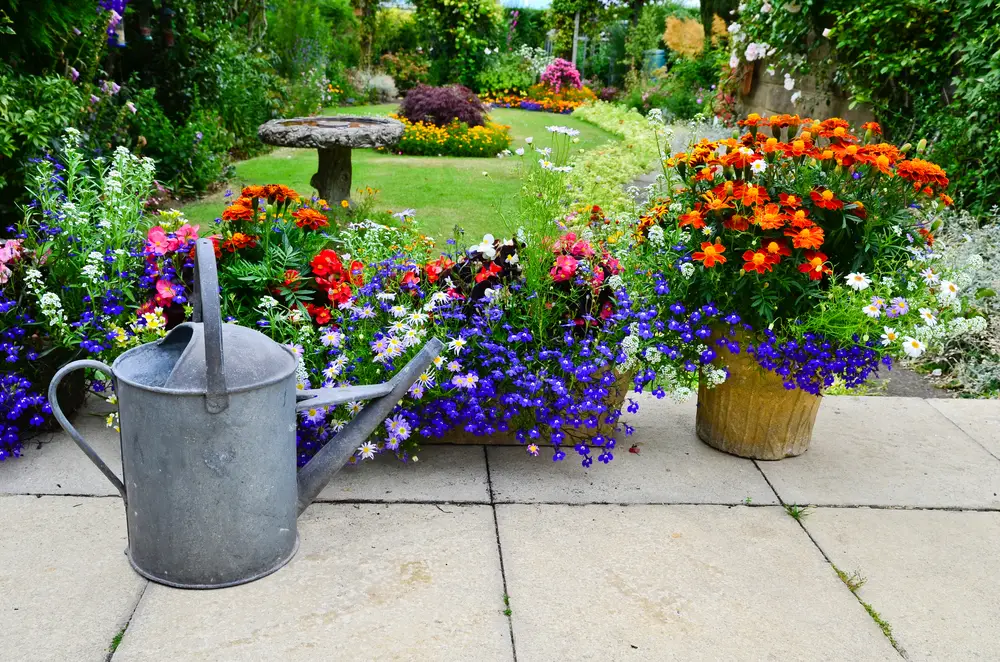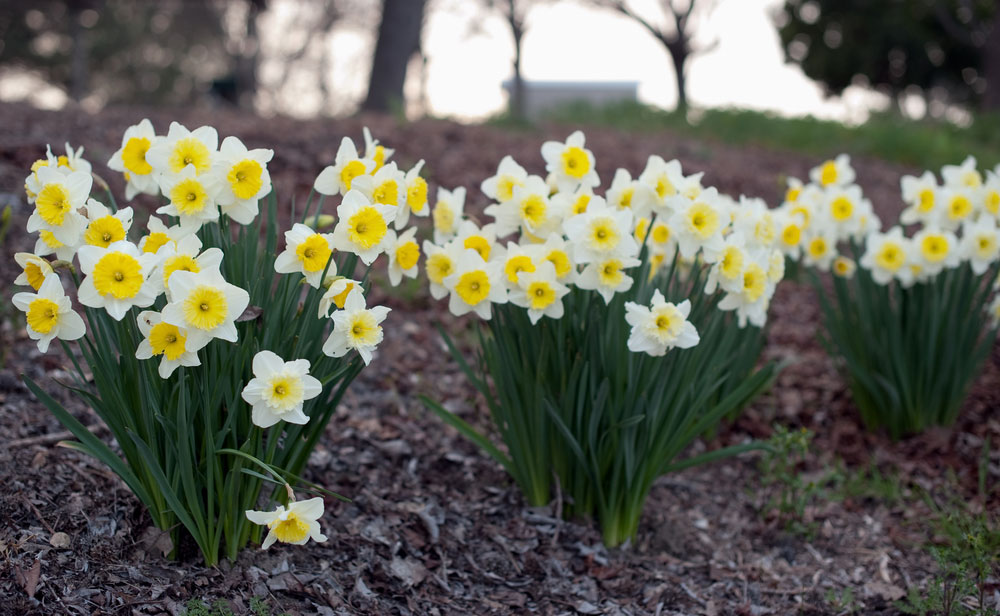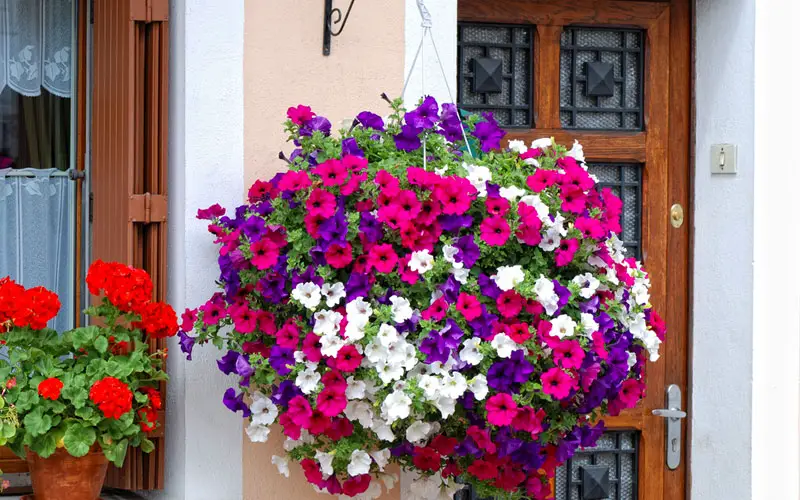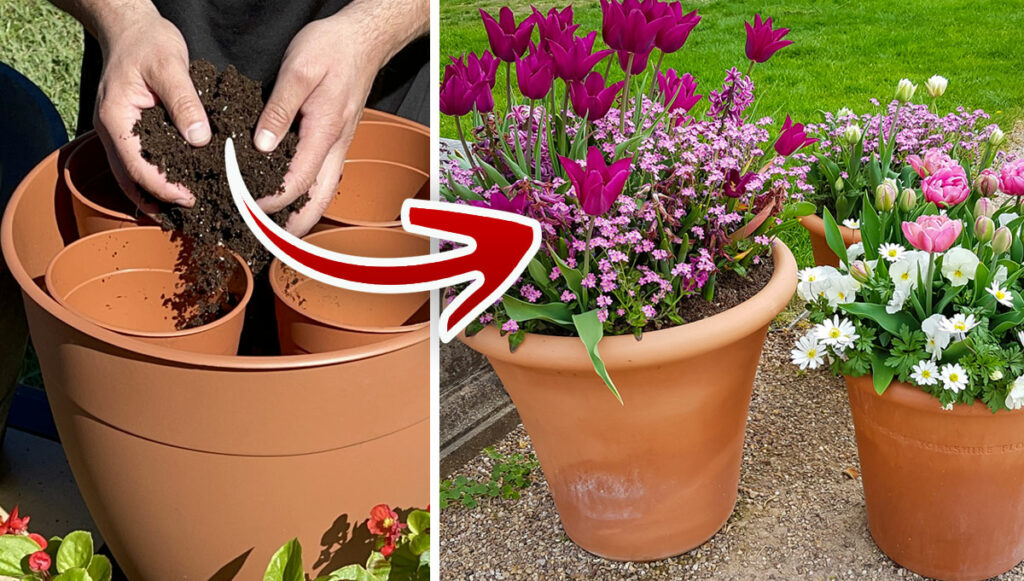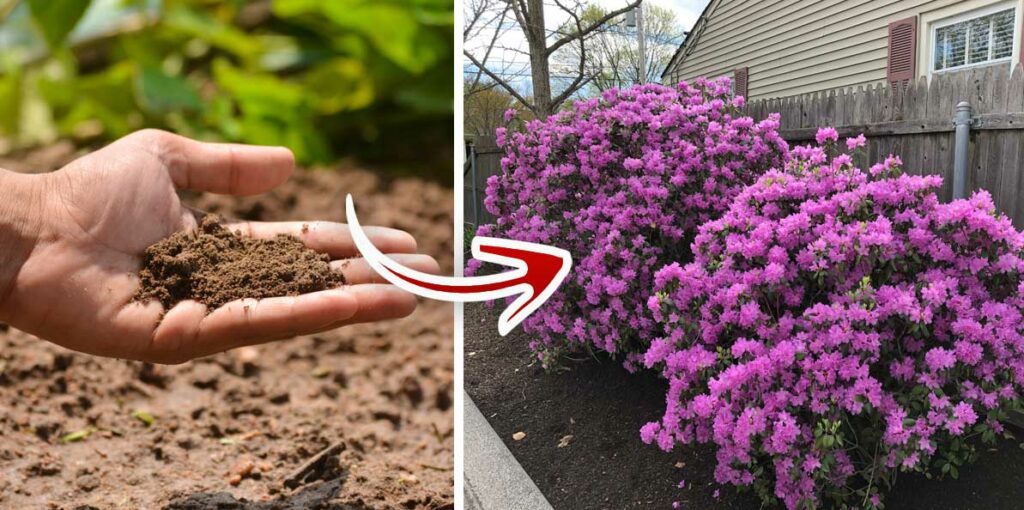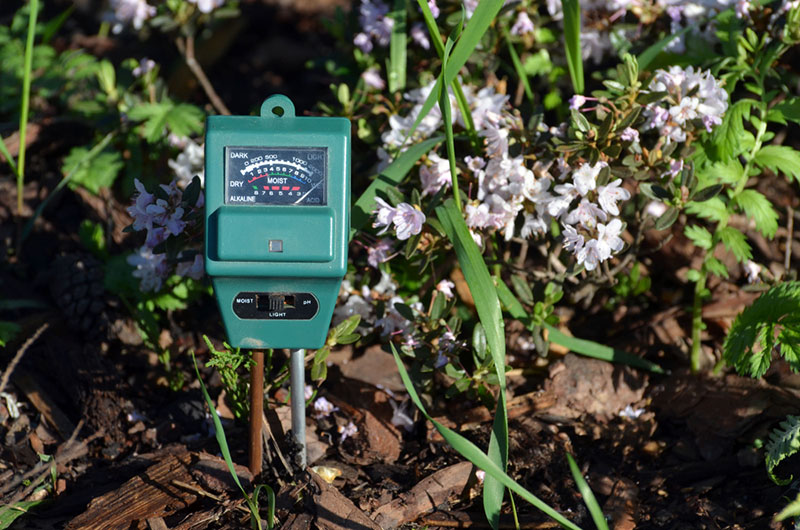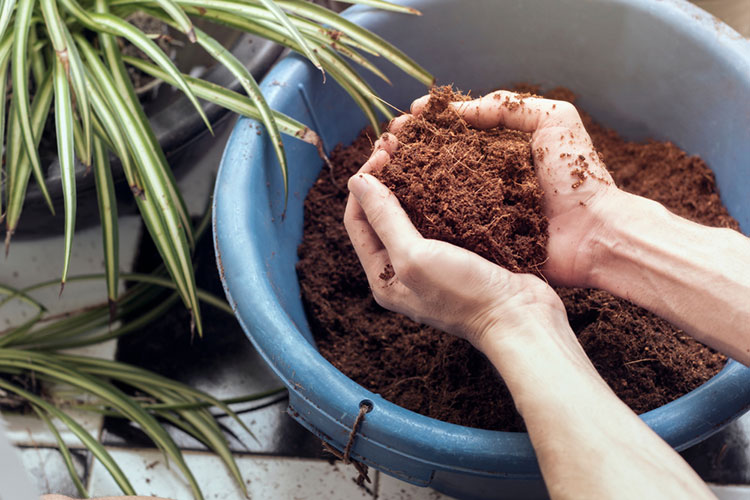
The success or failure of a plant rests on how you prepare the plant for the pot. The soil needs to have the proper nutrients and should allow for proper air circulation. The best potting combinations for your favorite house plant include a bit of peat, minerals like vermiculite or perlite that permit airflow, and shredded pine bark.
You can use a general potting soil mix for many houseplants. Although, a more delicate plant may require a more specific mixture to grow. The most important thing to consider is the level of acidity.
If the pH levels are deficient, the porosity may render the roots incapable of receiving oxygen. It can additionally affect the plant’s water retention.
The perfect indoor potting soil is dependent on the plant’s original environment. However, all plants require:
- Water to nourish the plant between waterings
- Fertility to generate enough nutritional value out of the soil for sustainability
- Air for proper gas exchange between carbon dioxide and oxygen (among other gasses)
- Anchoring of roots- Soil needs to contain enough of a structure to support the roots.
The only soil not recommended for indoor plants is topsoil. Topsoil has seeds, bugs, and pathogens. The main issue with topsoil is that it is too heavy for an indoor plant. It will remove the oxygen that the plant requires to grow.
| Image | Product | Features | Price |
|---|---|---|---|
 |
Miracle-Gro Indoor Potting Mix Ideal for All Indoor Plants |
Benefits:
Cons:
|
Check Amazon Price |
 |
Espoma Organic Potting Mix Natural Potting Mix |
Benefits:
Cons:
|
Check Amazon Price |
 |
Ferti-Lome Ultimate Lightweight Formula |
Benefits:
Cons:
|
Check Amazon Price |
Other Potting Soils to Consider:
Miracle-Gro Cactus, Palm, and Citrus Potting Soil
Succulents and cacti are somewhat challenging because of their minimal watering requirements. Succulents do not do well if their roots are in water-saturated soil. For these plants, choose a potting mix that includes perlite and peat moss. These retain moisture while permitting excess water to drain via the mix.
Cacti can be top-heavy. The ideal soil for this plant has sand, adding weight to the container to counterbalance the weight.
Sand drains excess water so that the roots do not sit in it.
This soil has peat, sand, and perlite- the ideal ingredients for these plants. This type of mixture is perfect for plants that are known for retaining too much water. Even if you overwater the plant, it will properly drain with this mixture.
Select a pot that drains well.
Sun Bulb Better Gro Special Orchid Mix
This multipurpose potting soil is best for phalaenopsis, cattleyas, paphiopedilums, dendrobiums, Oncillas, and epiphytic orchids. It is a mixture of hardwood charcoal, western fir bark, and sponge rock. Highly trained orchid growers put this mixture together.
It promotes strong, healthy plant growth. Offering excellent drainage allows for adequate root ventilation.
Espoma AV4 Organic African Violet Potting Mix
This blend is full of natural ingredients with no chemicals or synthetic plant food. It provides superior aeration and increases moisture retention, making it ideal for African violets, azaleas, evergreens, bromeliads, or similar houseplants.
The mix is completely organic.
While the proper potting soil encourages plant growth, soil builders, aeration, and drainage materials are equally important.
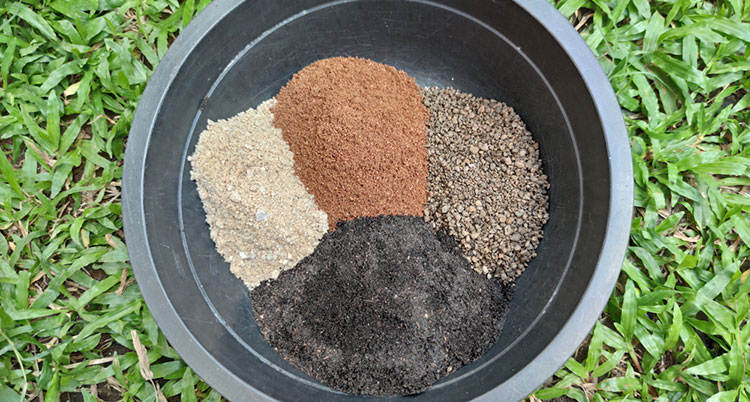
Sphagnum helps in aeration, water retention and offers structure. It is very lightweight yet a little acidic.
It slowly decays and compacts over some time. Sphagnum itself is not a source of fertility, but people who use it add fertile amendments.
Dried sphagnum moss has been dried and harvested live. It is sold with long brown, gray, or green fibers or found in a hanging basket. However, you may chop it up for mixing.
Peat Moss is decayed sphagnum. It comes from natural peat bogs. The process of creating this type of peat moss relies on decomposition. It settles in different layers as the previous moss dies, and new foliage grows on the top.
Additionally, sphagnum and coco coir allow for structure for soil and increases absorbency.
In terms of aeration, perlite is a naturally occurring, reusable, non-toxic volcanic glass. It slowly decomposes, sterile, and contains a neutral pH.
It aerates the mixture very well. Perlite is lightweight and insulates, which makes soil airy and fluffy. It is often added to peat to prevent it from compressing. Perlite has micro-pores that absorb water and fertilizer, allowing it to be more readily available to the roots for extended periods.
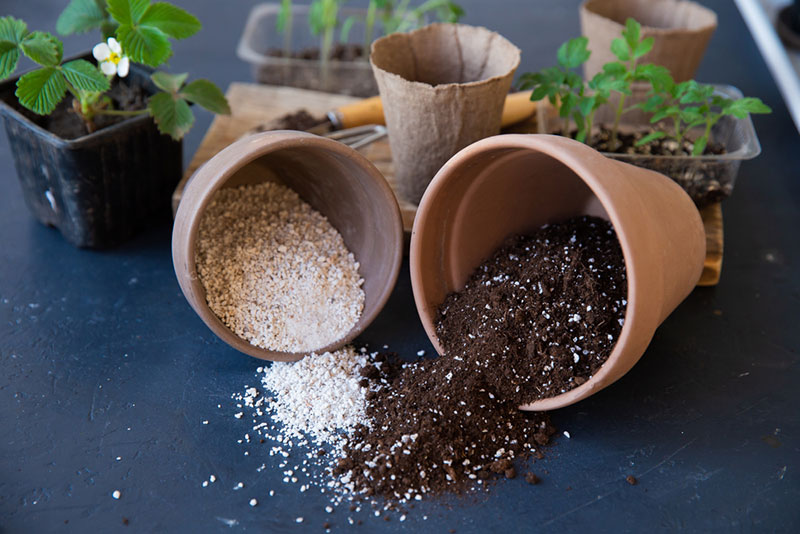
The only downfall of perlite is it tends to float to the surface. The potting mixture can appear to be a bit strange, and it can escape from the container while watering.
Pumice is similar to perlite and is a soil conditioner. It is less of a hassle because it is dense enough to remain in the soil.
Additionally referred to as a sponge rock, it is known to improve water drainage and improve airflow. It does not decompose or compact and maintains soil stability. Pumice has a neutral pH and irregular pores that help water and nutrients stick to it.
All of these suggestions are beneficial to the healthy survival of any indoor plants. It is important to select the correct one for the specific plant type. Not all soils are equal, and not all plants thrive in similar soil.




